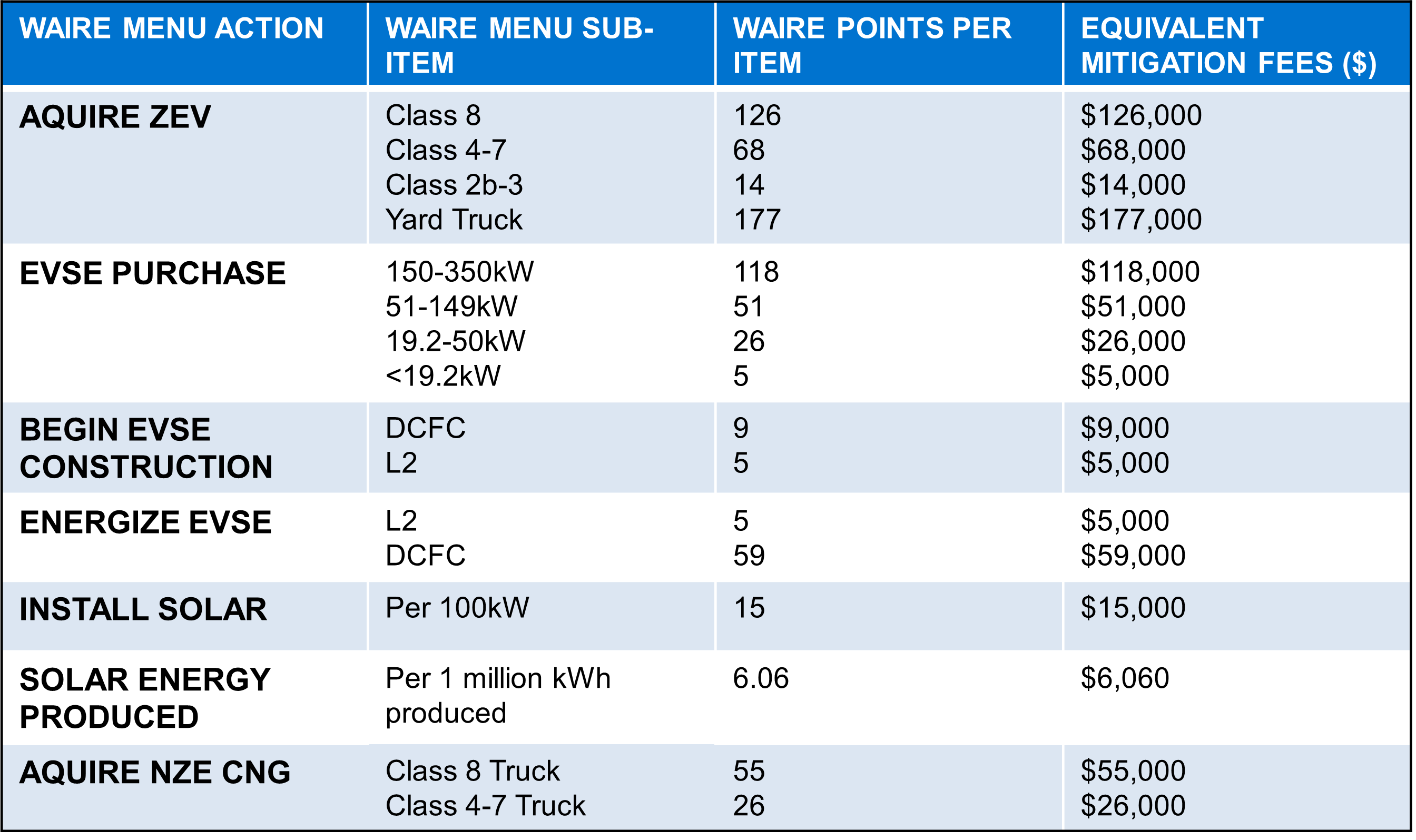Cargo Theft Hits a New High
Cargo theft continues to surge across the U.S., as criminal groups blend old-fashioned opportunism with increasingly sophisticated, technology-driven schemes.
“They’re being smarter about it. There is more cyber awareness around freight and how it is moving, and they are interjecting themselves into the process earlier” said Scott Brunner, vice president of corporate security for Penske Transportation Solutions.
CargoNet’s annual incident analysis found that cargo theft in 2024 increased by 27% over the previous year, and the average value per theft increased to $202,364. According to new research released by the American Transportation Research Institute, theft is costing the freight transportation industry $18 million each day and as much as $6.6 billion annually in direct and indirect losses.
The Rise of Strategic Theft
Thieves are becoming more strategic and targeting high-value loads. Criminal groups are leveraging digital tools to obtain granular shipment details, including the specific brokerage handling the shipment, the assigned motor carrier, and the names and contact information of individual points of contact at both the brokerage and carrier level.
By using the correct names, company details and shipment specifics, criminals establish credibility that can allow them to redirect shipments to fraudulent addresses without ever being tendered the shipment.
“In the past, criminals might show up with fraudulent paperwork to pick up a load. Now, they are compromising shipper or carrier systems, impersonating legitimate companies, and dispatching unsuspecting drivers who may have no idea they are participating in a theft,” said Scott Kirsch, director of loss prevention for Penske Logistics.
One way to minimize the risk of freight being redirected is to confirm the delivery address with the driver picking up the load during the check-in process. “Look at the delivery address on the bill of lading and let them know they are only to deliver to that address and that they should not be rerouted for any reason,” Kirsch said.
Brunner noted that criminals are also creating legitimate-looking trucking companies with the sole purpose of picking up and stealing freight. “They’re creating these contract companies and picking up the cargo before it hits the road,” he explained.
Brunner recommends having the right processes in place to vet carriers and shipping partners, starting with using government and industry sources to verify the business is legitimate, has the appropriate operating authority and licensing, and has a strong safety and compliance history.
When vetting carriers, it is important to look for anomalies. “If a carrier is using a P.O. Box, run that P.O. Box number because you might find 10 to 12 carriers using it. If that is the case, they are either stealing identities or registering companies to commit a crime,” said Keith Lewis, vice president of operations for CargoNet.
While vetting carriers and checking paperwork before releasing a load takes time, Brunner said it is important. “Sometimes you just need to slow down, take a breath, and make sure you have all of your I’s dotted and T’s crossed to prevent the criminal entities from getting a foothold in the process,” he said, adding that strong communication internally and with vendors and partners is also essential.
Traditional Theft Methods Persist
While theft-by-deception schemes grab headlines, traditional methods still account for a large share of incidents. CargoNet found that trailer burglaries and full-trailer theft continued at elevated levels throughout 2024.
Unlocked trailers are targets for pilferage, with thieves opening a trailer, quickly removing a few cases or cartons, and closing it again. “Cargo at rest is cargo at risk. Something as simple as a hardened lock—not just a plastic seal—can make the difference between being targeted or being skipped,” said Aaron Henderson, vice president of loss prevention, food safety and safety at Penske Logistics.
Opportunistic thieves sometimes follow drivers leaving a pickup location, waiting for them to stop shortly afterward. Drivers, especially those handling high-value loads, should be prepared to drive a substantial distance, often around 200 miles, before making their first stop. “Be rested, be ready to go and have enough hours of service available,” Henderson said.
Strategies To Reduce Theft
Henderson recommends a layered, risk-based security strategy based on the commodities being transported rather than a one-size-fits-all approach. For lower-risk loads, locks and smart routing can be enough while high-value, frequently targeted commodities may require higher-tech solutions, such as tracking devices embedded in the freight, making them harder to locate and disable.
“On certain commodities, live tracing is valuable. We'll watch a load leave point A and watch it all the way to point B to make sure it's delivered on time,” Henderson said.
Additional technology-based safeguards include alarms on tractors and trailers and, in some cases, ignition modules that require a specific code before the truck can be started.
If a theft occurs, the first step is to contact law enforcement, and acting fast is critical. ATRI reported that 74% of stolen goods disappear forever.
Increasingly, stolen freight is exported rather than fenced in the U.S. “In years past, most of the freight stolen in the U.S. was then fenced in the U.S. That has flipped, Kirsch said. “If you don’t get it recovered quickly, it is probably getting loaded onto a container ship and heading to somewhere it will never be seen again.”

